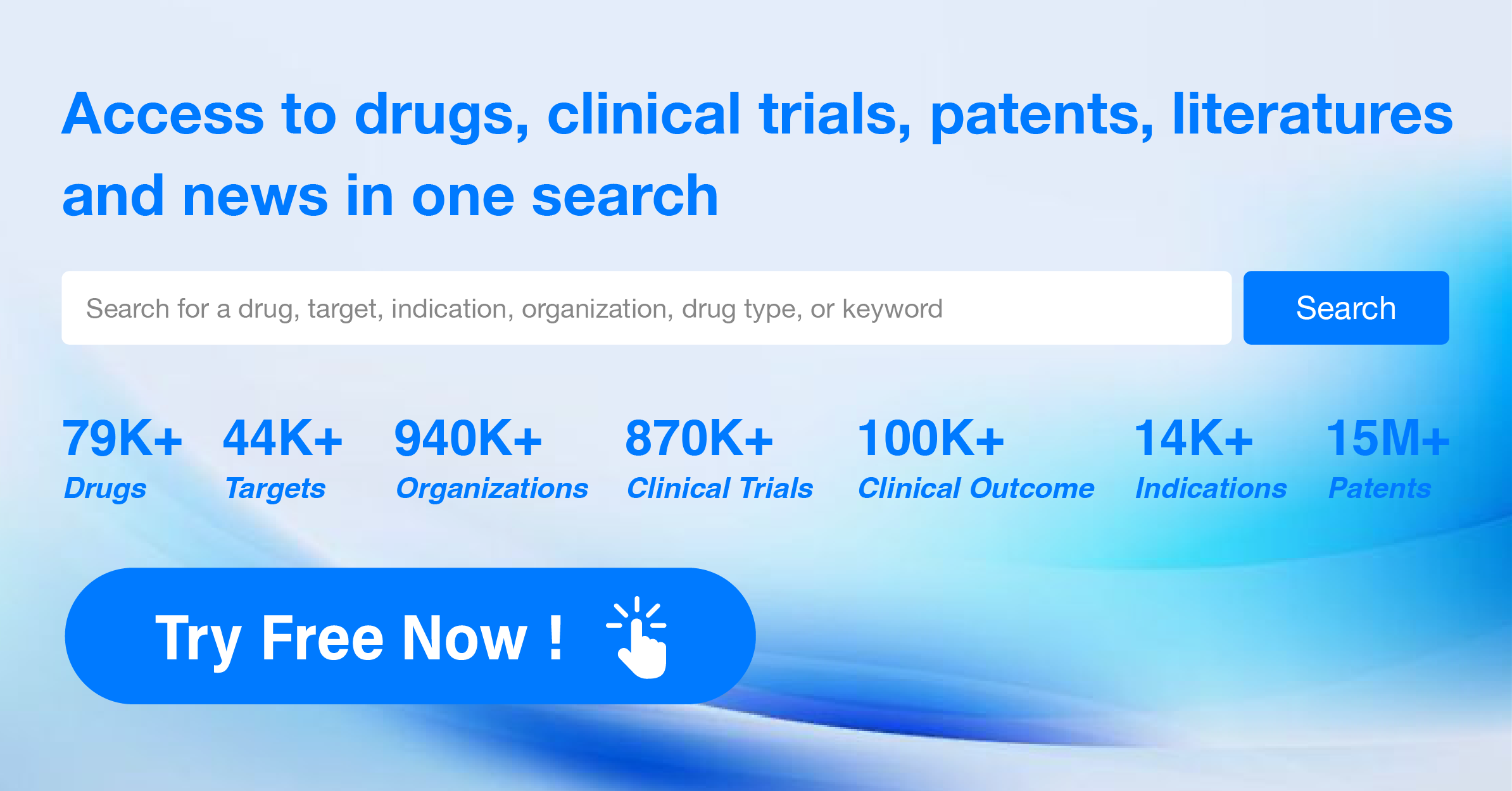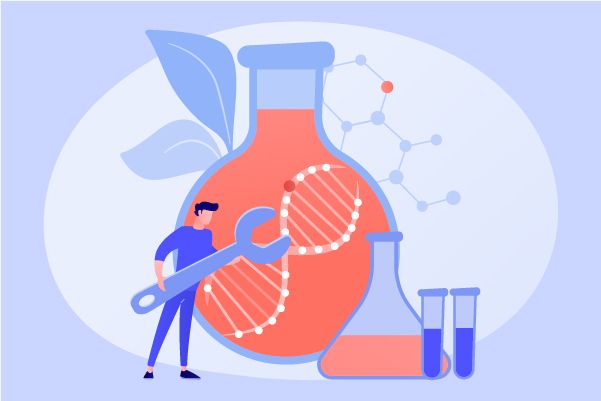Challenges and Limitations for the Delivery of Protein Drugs
The physicochemical properties are the main factor that influence the diffusion of a drug within the body. In particular, protein drugs show high hydrophilicity, large size and substantial physical and chemical lability; these features strongly influence the pharmacokinetic and pharmacodynamic behavior of the drug in vivo. They also limit the reactions, solvents and environmental conditions that can be used in the preparation and application of protein- or peptide-based pharmaceuticals. Most of the commonly employed protein drugs are administered systemically by intramuscular, intravenous, subcutaneous and intraperitoneal injections, and formulations often include excipients (e.g., buffers, preservatives, solubility enhancers), whose major role is that of improving the in vivo stability of the biomolecule. In this respect, surfactants and albumin play an important role in reducing aggregation and the adsorption processes, thus limiting the possibility of protein unfolding, deactivation or precipitation.
High molecular weight, hydrophilicity, structural fragility, and complexity are the main obstacles to the use of protein drugs. Indeed, these macromolecules can easily undergo degradation, denaturation and eventually inactivation by physical, chemical, and enzymatic mechanisms during formulation, storage, and delivery. Additionally, they have poor biopharmaceutical properties. The degradation by the proteolytic enzymes located in the gut, lungs, and skin, and the poor mucosa permeability strongly limit protein bioavailability. One of the most important problems to the therapeutic performance of protein drugs is due to the rapid clearance from the body owing to glomerular filtration, endocytosis, phagocytosis, enzyme degradation, and immunosystem processing. Xeno-proteins are intrinsically immunogenic and antigenic. Small proteins are mainly excreted by the kidneys, whereas large proteins usually undergo enzyme degradation. Lipoproteins and glycosylated proteins are selectively taken-up by endocytosis or phagocytosis by the reticuloendothelial system (RES) . Often, hormones and cytokines are eliminated from circulation by receptor-mediated endocytosis and intracellular processing. Moreover, most physiological proteins are synthesized at local sites without reaching appreciable systemic levels. Thus far, attempts to improve the protein bioavailability and targeting have ranged from tailoring the physicochemical properties of peptide molecules to the inclusion of functional excipients into specially adapted drug delivery systems.
According to the “binding site barrier” theory , ligands with very high affinity for their targets will bind extremely tightly to the binding sites immediately adjacent to the blood vessel. This creates a physical barrier for subsequent drug molecules and causes incomplete drug penetration. The effect of binding site barrier also depends on the density of targeted molecules on cell surface and the turnover rate of target molecules. Obviously, the binding site barrier is a serious concern for high-affinity monoclonal antibodies. Increasing dose, lowering affinity, and decreasing ligand size can however improve target tissue penetration.
As proteins reach the surface of target cells, the plasma membrane constitutes the first substantial hurdle for cellular uptake of protein therapeutics. Indeed, most protein drugs require efficient intracellular delivery to exert their therapeutic effects. The intracellular organization of mammalian cells is highly complex with extensive compartmentalization that imposes additional barriers for protein drugs that need to reach intracellular targets.
As indicated, effective use of protein drugs can be compromised by their instability in the body, rapid rates of clearance, premature uptake by tissues and immunogenicity or antigenicity. Conjugation to poly(ethylene glycol) (PEG) chains - that is PEGylation - endows protein and peptide drugs with longer circulatory half-lives and reduced immunogenicity. An increasing number of PEGylated drugs are now used clinically (e.g., asparaginase, interferon α, tumor necrosis factor and granulocyte-colony stimulating factor). However, PEGylated proteins can generate anti-PEG antibodies that could influence the residence time of the conjugate in the circulating blood. So far, no adverse effects of PEG immunogenicity have been observed, possibly because of the very small amounts of injected PEGylated drugs currently in use.




